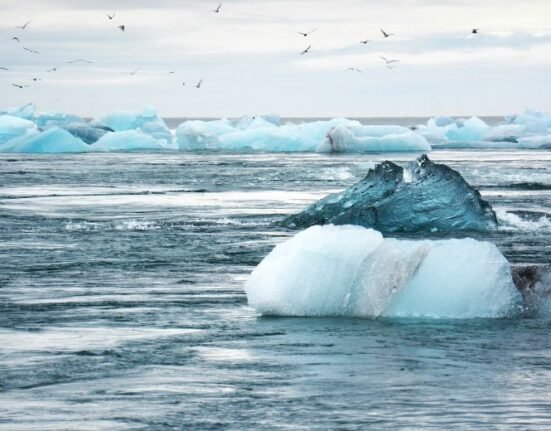HQ Team
July 4, 2023: Global temperatures, disruptive weather, and climate patterns are set to soar during the July-September period as El Niño conditions have developed in the tropical Pacific for the first time in seven years, according to the WMO.
The World Meteorological Organization in its latest update stated that there was a 90% probability of the EL Nino event continuing during the second half of this year.
“The onset of El Niño will greatly increase the likelihood of breaking temperature records and triggering more extreme heat in many parts of the world and in the ocean,” said WMO Secretary-General Petteri Taalas.
“The declaration of an El Niño by WMO is the signal to governments around the world to mobilize preparations to limit the impacts on our health, our ecosystems, and our economies,” he said.
“Early warnings and anticipatory action of extreme weather events associated with this major climate phenomenon are vital to saving lives and livelihoods.”
Warming ocean surface temperatures
El Niño occurs on average every two to seven years, and episodes typically last nine to 12 months. “The collective evidence from both oceanic and atmospheric observations strongly points towards the presence of El Niño conditions in the Pacific,” according to the WMO update.
It is a naturally occurring climate pattern associated with the warming of the ocean surface temperatures in the central and eastern tropical Pacific oceans. It takes place in the context of a climate changed by human activities.
El Niño events are typically associated with increased rainfall in parts of southern South America, the southern United States, the Horn of Africa, and Central Asia.
In contrast, El Niño can also cause severe droughts over Australia, Indonesia, parts of southern Asia, Central America, and northern South America
During the Boreal summer, El Niño’s warm water can fuel hurricanes in the central and eastern Pacific Ocean, while it could hinder hurricane formation in the Atlantic Basin.
Generally, El Niño has the opposite effect of the recent La Niña, which ended earlier in 2023.
Warmest on record
A WMO report released in May predicted that there is a 98% likelihood that at least one or the next five-year period as a whole, will be warmest on record, beating the record set in 2016 when there was an exceptionally strong El Niño.
The May report stated there was a 66% likelihood that the annual average near-surface global temperature between 2023 and 2027 will temporarily be more than 1.5°C above pre-industrial levels for at least one year.
“This is not to say that in the next five years, we would exceed the 1.5°C level specified in the Paris Agreement because that agreement refers to long-term warming over many years,” said WMO Director of Climate Services, Chris Hewitt.
“However, it is yet another wake-up call, or an early warning, that we are not yet going in the right direction to limit the warming to within the targets set in Paris in 2015 designed to substantially reduce the impacts of climate change,” Mr Hewitt said.
According to WMO’s State of the Global Climate report, 2016 was the warmest year on record due to the “double whammy” of a very powerful El Niño event and human-induced warming from greenhouse gases.
The effect on global temperatures usually pans out in the year after its development and “so will likely be most apparent in 2024.”
The average global temperature in 2022 was about 1.15 °C above the 1850-1900 average because of the cooling triple-dip La Niña.








